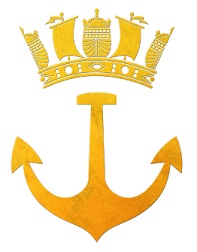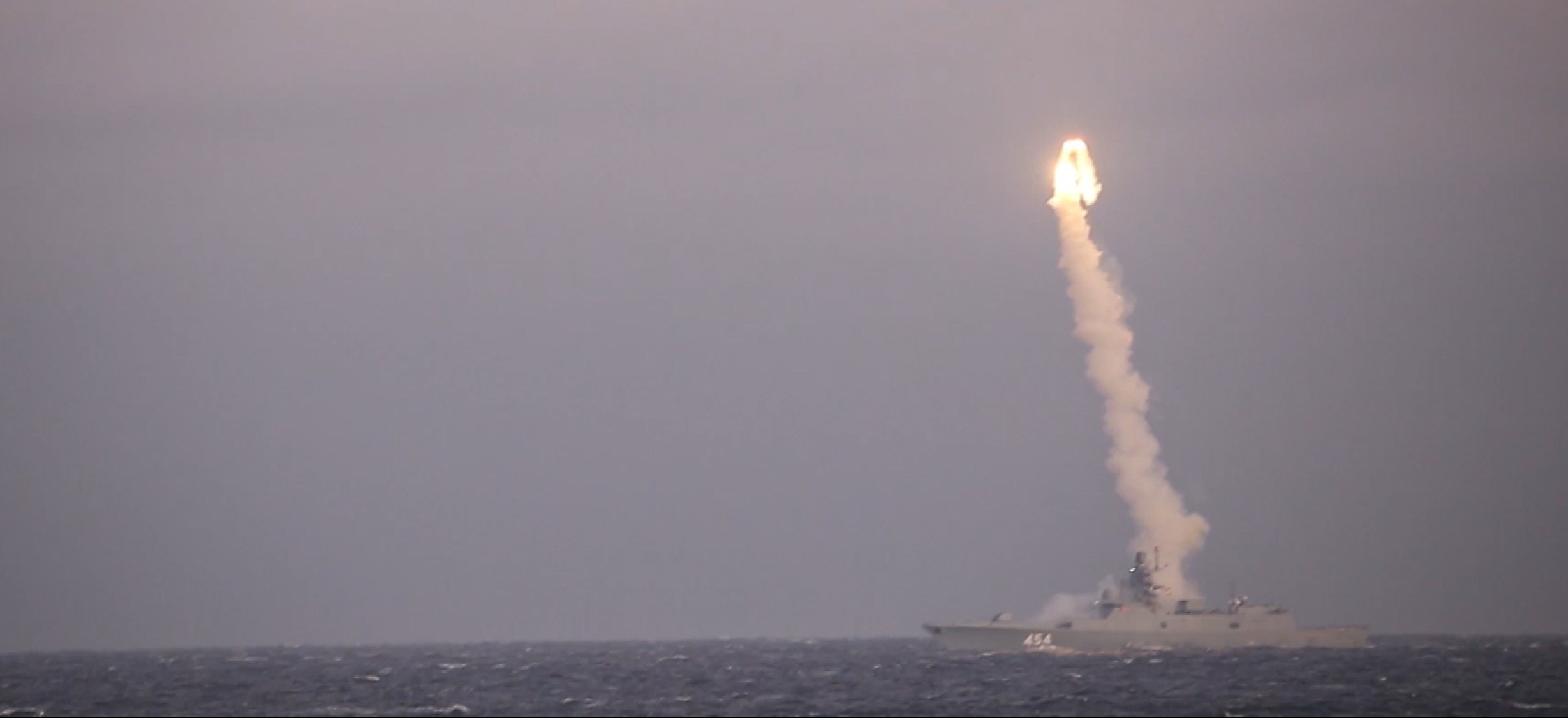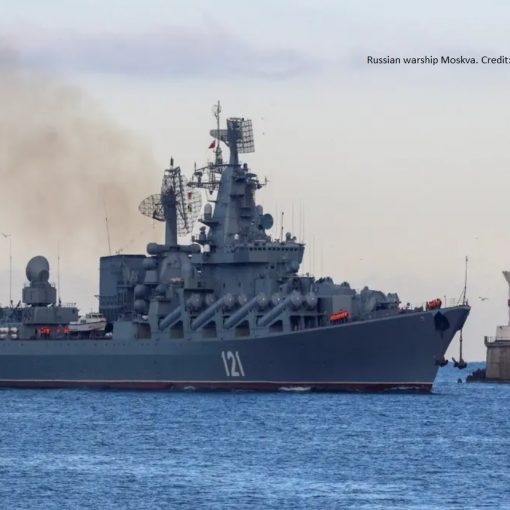By Jeff G. Gilmour, 29 July 2025
The Russian Admiral Gorshkov-class of multi-role frigates in their Navy is a formidable warship. Ten of these ships have been ordered. The second in this class is Admiral Kasatonov, while the third, Admiral Golovko, is expected to be in service very soon.[1] The cost of each ship is approximately $250 million.
Admiral Gorshkov was commissioned in 2018. Naval designers have buried the weapons systems in the superstructure and shaped the hull in continuous angles to lessen radar reflectivity and improve stealth. With a crew of 210 and 4.550 tons, the warship can obtain speeds of 30 knots and operate at a range of 4,000 nautical miles. It can also carry a K1-27 helicopter.
The armament of this ship is dramatic:
- 130 mm gun;
- 2X30 mm rotary cannons;
- 16 UKSK VLS cells for anti-ship cruise missiles or anti-submarine missiles;
- 32 VLS cells for surface-to-air missiles;
- 2X4 330 mm torpedo tubes for anti-torpedo/anti-submarine torpedoes;
- 2 14.5 mm MTPV machine guns.
- 2X30 mm rotary cannons;
One significant weapon this class of ship carries is the 3M22 Zircon hypersonic missile (SS-N-33). Produced by the Russian firm NPO, the scramjet is nuclear capable, with a reported speed of Mach 9 (6,900 mph).[2] This speed equates to 1.7 miles/second which is twice as fast as a rifle bullet. The estimated range of the missile is around 620 miles, but this distance is being expanded. It can attain altitudes of 92,000 feet. The missile costs approximately $10 million.
The Admiral Gorshkov warships are a significant threat to the NATO fleet having armaments superior to most of our warships in operation today. The hypersonic Zircon missile system will be very difficult to defend against, as already noted in the Ukrainian War.
[1] Wikipedia
[2] AI Overview - 2025.
Image: Admiral Gorshkov test-fires a Zircon hypersonic cruise missile on or around 12 November 2020 in the White Sea. Credit: Screenshot from video posted by Russian Ministry of Defence





3 thoughts on “The Russian Admiral Gorshkov-class of Ship”
It should be noted that Russian vessels suffer from not having adequate power plant. The main issue is surrounding turbines which up until 2014 were produced in Ukraine, currently the only hope for them is to buy Chinese turbines.
While these ships do pose a significant threat, the current draining situation in Ukraine is hampering their production.
Cost Fantasy – $250M? Not a Chance
Anyone quoting $250 million per hull is either recycling propaganda or hasn’t priced a warship in 20 years. Credible estimates put each Gorshkov at $450–600 million before factoring in sanctions and delays. Western equivalents like the Constellation-class (FFG[X]) or Type 26 frigate run $800M–$1.2B for good reason and Russia is not building ships on a budget without compromises.
“Stealth” and Design – More Flash than Function
Yes, the Gorshkov has some reduced RCS shaping. But let’s not pretend this is USS Zumwalt or even Type 45 territory. The radar cross-section reductions are basic by Western standards. And their electronics, fire control and EW systems? Unproven, dated and glitchy, especially compared to Aegis, Sea Ceptor, or PAAMS equipped ships.
Combat Specs? Solid, Not Special
Sure, 30 knots and 4,000 nm range look nice on paper. But:
That’s normal for modern frigates, nothing special.
At ~4,500 tons, Gorshkovs are light frigates, smaller and with less endurance than NATO’s FREMMs, Type 26s, or even the Arleigh Burkes.
Armament – Not the Superiority It’s Sold As
Gorshkov carries 16 UKSK VLS (Kalibr/Oniks/Zircon) and 32 Redut SAMs. Sounds impressive… until you compare it to:
96–128 Mk 41 cells on Burkes
Sea Ceptor saturation capability on Type 23/26
Multi-role VLS flexibility of Western platforms
And the CIWS suite? Weak point. Pantsir derivatives and AK-630s have had spotty track records, especially under saturation or drone attacks.
Zircon – More PR Than Proven
Zircon is Russia’s latest wonder weapon… allegedly Mach 9, 1000 km range, and nuclear-capable. But:
No confirmed operational deployments just staged test footage.
Hypersonics shed speed and altitude to find and hit targets. That’s where SM-6, Aster-30, SeaRAM and jamming come into play.
“Nuclear-capable” is political theatre. Slapping a warhead on a missile doesn’t make it practical or survivable in naval combat.
Strategic Reality – 3 Ships. That’s It.
As of mid-2025, only 3 Gorshkovs are operational. The rest are delayed, under construction, or stalled due to engine import bans and industrial bottlenecks. That’s not a blue-water fleet, it’s a PR fleet.
Russia’s naval threat is asymmetric and localized subs, mines, land-based missiles not three light frigates pretending to punch above their weight.
Bottom Line:
Admiral Gorshkov-class frigates are respectable by Russian standards, but they’re not breaking any paradigms. And the Zircon missile? It’s as much for headlines as it is for hitting anything. NATO warships remain superior across the board sensors, systems, weapons, and most of all, numbers and integration.
Let’s stop pretending a handful of silver painted frigates with aspirational missiles are rewriting naval warfare.
Thank you Retired for bringing common sense and professional analysis to this discussion.
It is amazing to me how many continue to buy whatever lies Putin tells about his military and its wondrous equipment regardless of the decades of proof to the contrary and three years of failure in Ukraine.
Ubique,
Les